For the first time ever, physicists tested the phenomenon of quantum superposition using molecules. That’s a big deal.
Category: quantum physics – Page 830
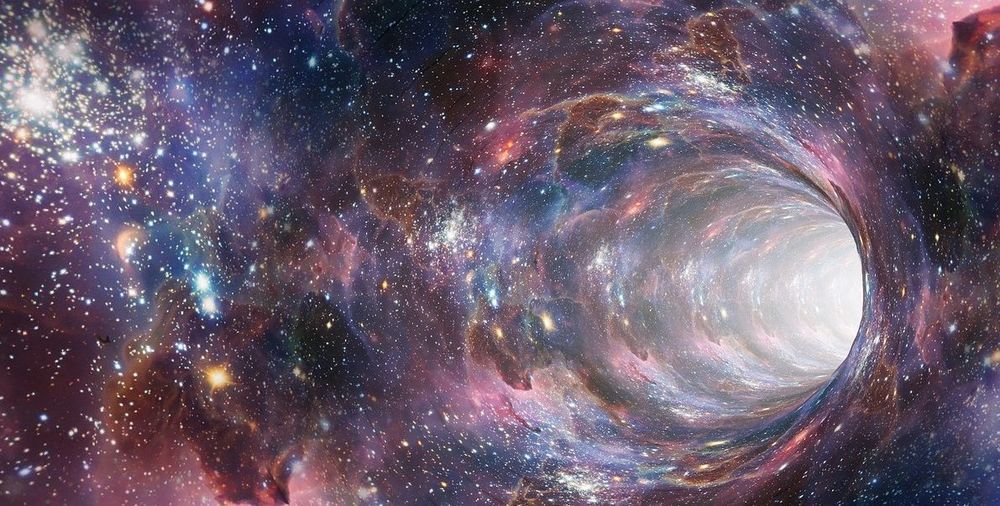
This quantum physics breakthrough could be the origin story for time travel
An international team of researchers recently placed an entire molecule into a state of quantum superposition. This huge breakthrough represents the largest object to ever be observed in such a state – essentially occupying two places at once. And it may just be the eureka moment that defines our species’ far-future technology.
Quantum physics is about as close to a faith-based field of scientific study as there is. It’s not our fault, the universe is infinite and complex and we’ve been here for a relatively short amount of time. It’s excusable that we still don’t understand all the rules and, in lieu of a blueprint, we’re forced to come up with theories to explain the things we don’t know.
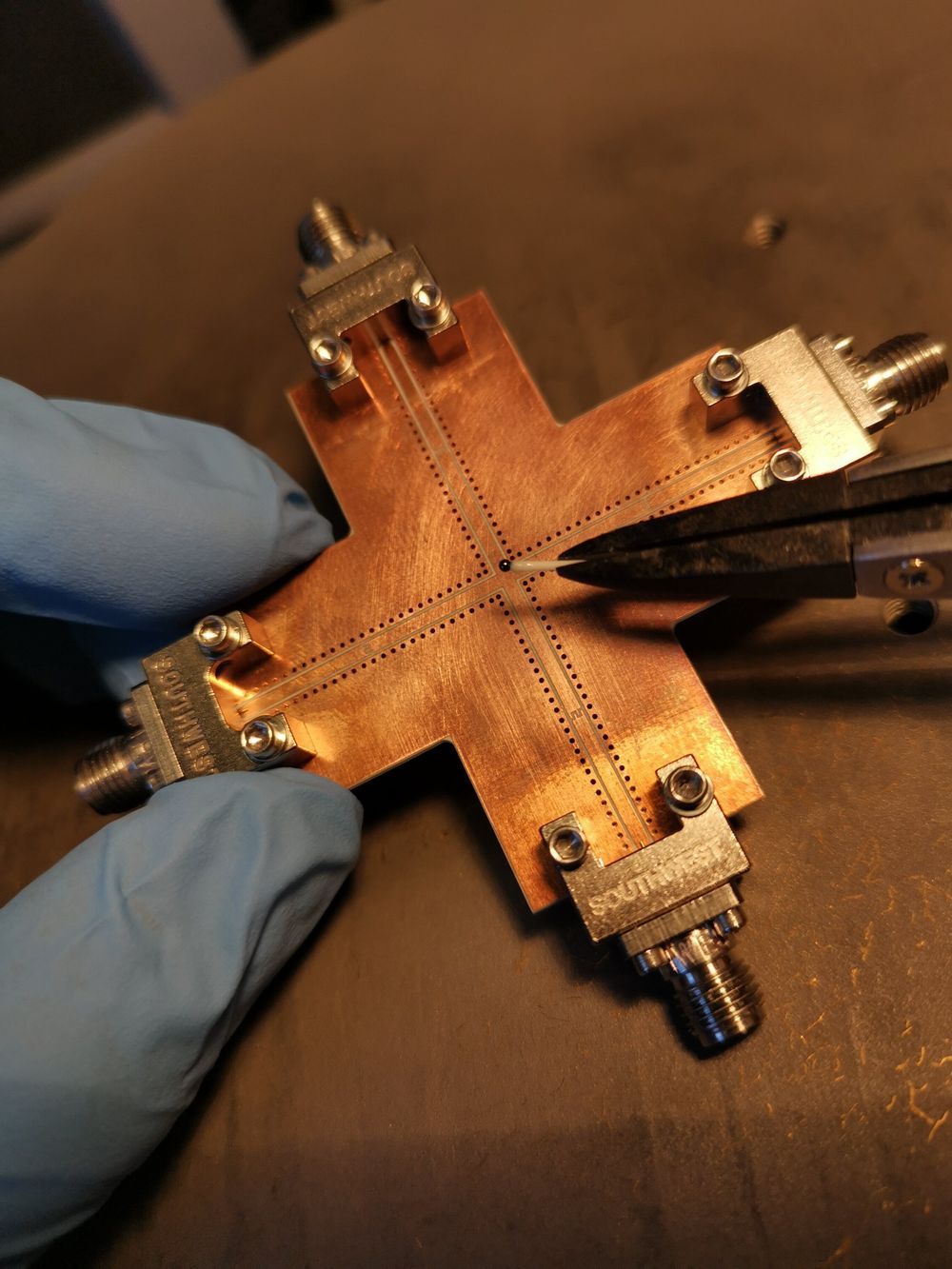
Producing dissipative coupling in hybrid quantum systems
As quantum objects are susceptible to their surrounding environment, quantum coherence and quantum states can easily be destroyed due to the impact of external signals, which can include thermal noise and backscattered signals in the measurement circuit. Researchers have thus been trying to develop techniques to enable nonreciprocal signal propagation, which could help to block the undesired effects of backward noise.
In a recent study, members of the dynamic spintronics group at the University of Manitoba in Canada have proposed a new method to produce dissipative coupling in hybrid quantum systems. Their technique, presented in a paper published in Physical Review Letters, enables nonreciprocal signal propagation with a substantial isolation ratio and flexible controllability.
“Our recent work on nonreciprocity in cavity magnonics is grounded in a research area combining cavity spintronics and hybrid quantum systems, which holds promise for constructing new quantum information processing platforms,” Yi-Pu Wang, a postdoctoral researcher at the University of Manitoba who was involved in the study, told Phys.org.
Loop Quantum Gravity
The inability of scientists to create a theory of quantum gravity arises from long-standing tensions between general relativity and quantum mechanics. There have been few approaches with any success. In this video, Fermilab’s Dr. Don Lincoln explains one of the few promising ideas, called loop quantum gravity.
Further reading:
http://www.einstein-online.info/spotlights/spin_networks.1.html
Full Quantum series: https://www.youtube.com/playlist?list=PLCfRa7MXBEsq5JoO2gU3yWhxTr06SY2De
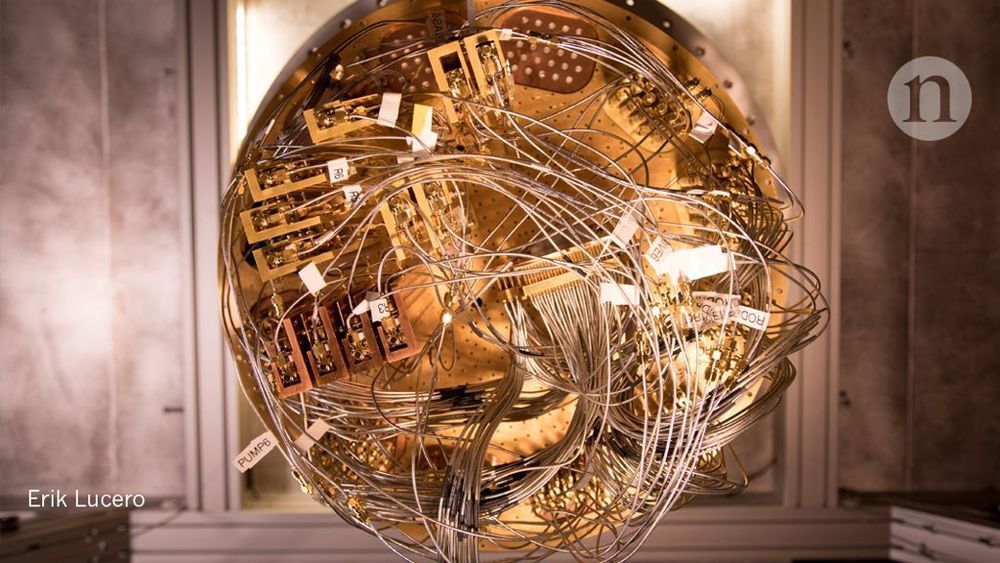
Beyond quantum supremacy: the hunt for useful quantum computers
Some researchers have raised the possibility that, if quantum computers fail to deliver anything of use soon, a quantum winter will descend: enthusiasm will wane and funding will dry up before researchers get anywhere close to building full-scale machines. “Quantum winter is a real concern,” Preskill says. But he remains upbeat, because the slow progress has forced researchers to adjust their focus and see whether the devices they already have might be able to do something interesting in the near future.
Researchers search for ways to put today’s small noisy quantum systems to work. The hunt for useful quantum computers.
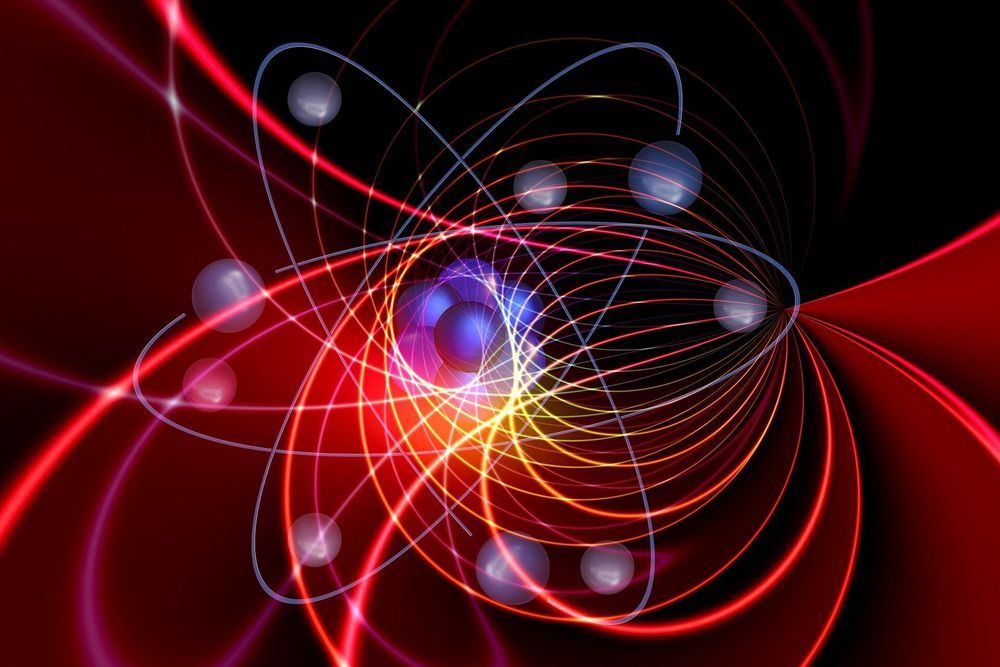
Quantum vacuum: Less than zero energy
Energy is a quantity that must always be positive—at least that’s what our intuition tells us. If every single particle is removed from a certain volume until there is nothing left that could possibly carry energy, then a limit has been reached. Or has it? Is it still possible to extract energy even from empty space?
Quantum physics has shown time and again that it contradicts our intuition, which is also true in this case. Under certain conditions, negative energies are allowed, at least in a certain range of space and time. An international research team at the TU Vienna, the Université libre de Bruxelles (Belgium) and the IIT Kanpur (India) have now investigated the extent to which negative energy is possible. It turns out that no matter which quantum theories are considered, no matter what symmetries are assumed to hold in the universe, there are always certain limits to “borrowing” energy. Locally, the energy can be less than zero, but like money borrowed from a bank, this energy must be “paid back” in the end.
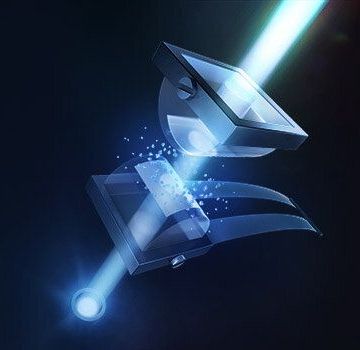
Quantum destabilization of a water sandwich
From raindrops rolling off the waxy surface of a waterlily leaf to the efficiency of desalination membranes, interactions between water molecules and water-repellent “hydrophobic” surfaces are all around us. The interplay becomes even more intriguing when a thin water layer becomes sandwiched between two hydrophobic surfaces, KAUST researchers have shown.
In the early 1980s, researchers first noted an unexpected effect when two hydrophobic surfaces were slowly brought together in water. “At some point, the two surfaces would suddenly jump into contact—like two magnets being brought together,” says Himanshu Mishra from KAUST’s Water Desalination and Reuse Center. Mishra’s lab investigates water at all length scales, from reducing water consumption in agriculture, to the properties of individual water molecules.
Researchers were unable to explain the phenomenon at the molecular level, so in 2016, Mishra organized a KAUST conference on the subject. “We brought together leaders in the field—experimentalists and theorists—leading to intense debates on the understanding of hydrophobic surface forces,” he says.
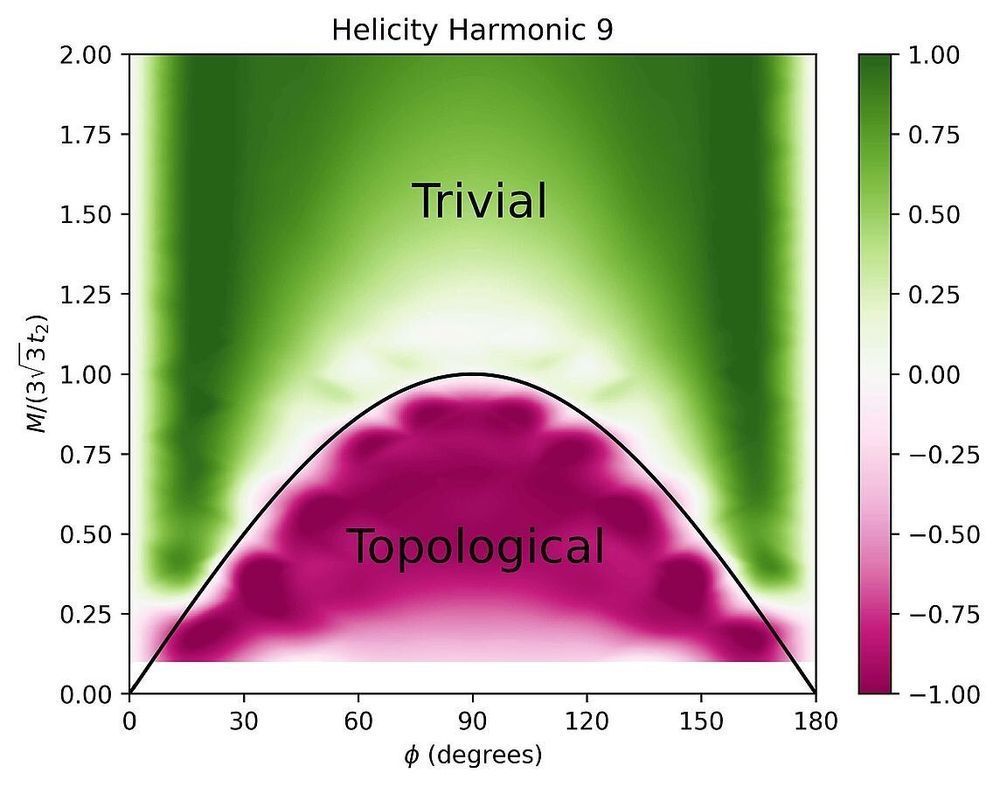
An ultra-fast optical way to extract critical information from quantum materials
Topological insulators are quantum materials, which, due to their exotic electronic structure, on surfaces and edges conduct electric current like metal, while acting as an insulator in bulk. Scientists from the Max-Born Institute for Nonlinear Optics and Short Pulse Spectroscopy (MBI) have demonstrated for the first time how to tell apart topological materials from their regular—trivial—counterparts within a millionth of a billionth of a second by probing it with ultra-fast laser light. Their method could open the way for such materials to be used as logic elements in light-controlled electronics able to process information tens of thousands times faster as currently possible. Their study appeared in Nature Photonics.
The most common illustration of the topology concept involves an elastic pretzel, which can be stretched, bent, or twisted in any way; no matter the deformation, it is impossible to make a bagel out of a pretzel or add holes to it, without tearing it apart. The number of holes in a pretzel is thus invariant and provides topological information about the pretzel shape.
In a solid material, quantum-mechanical laws restrict which energies electrons can have, leading to the formation of bands with either allowed or forbidden energies. Using the concept of topology, physicists can describe complex shapes of allowed energy bands and assign them a specific topological number. A special topology of the band structure in a material system manifests itself in exotic properties that can be observed—such as the surface conductivity in topological insulators.
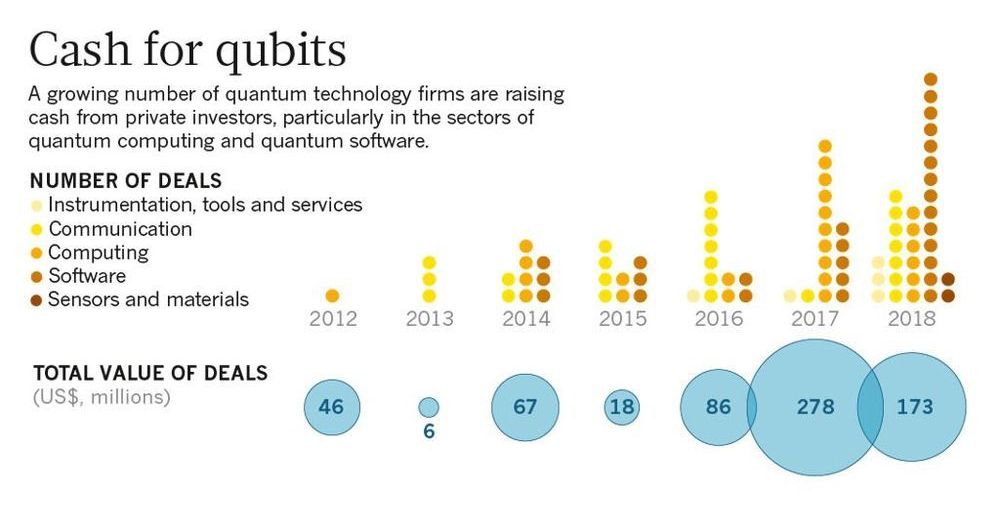
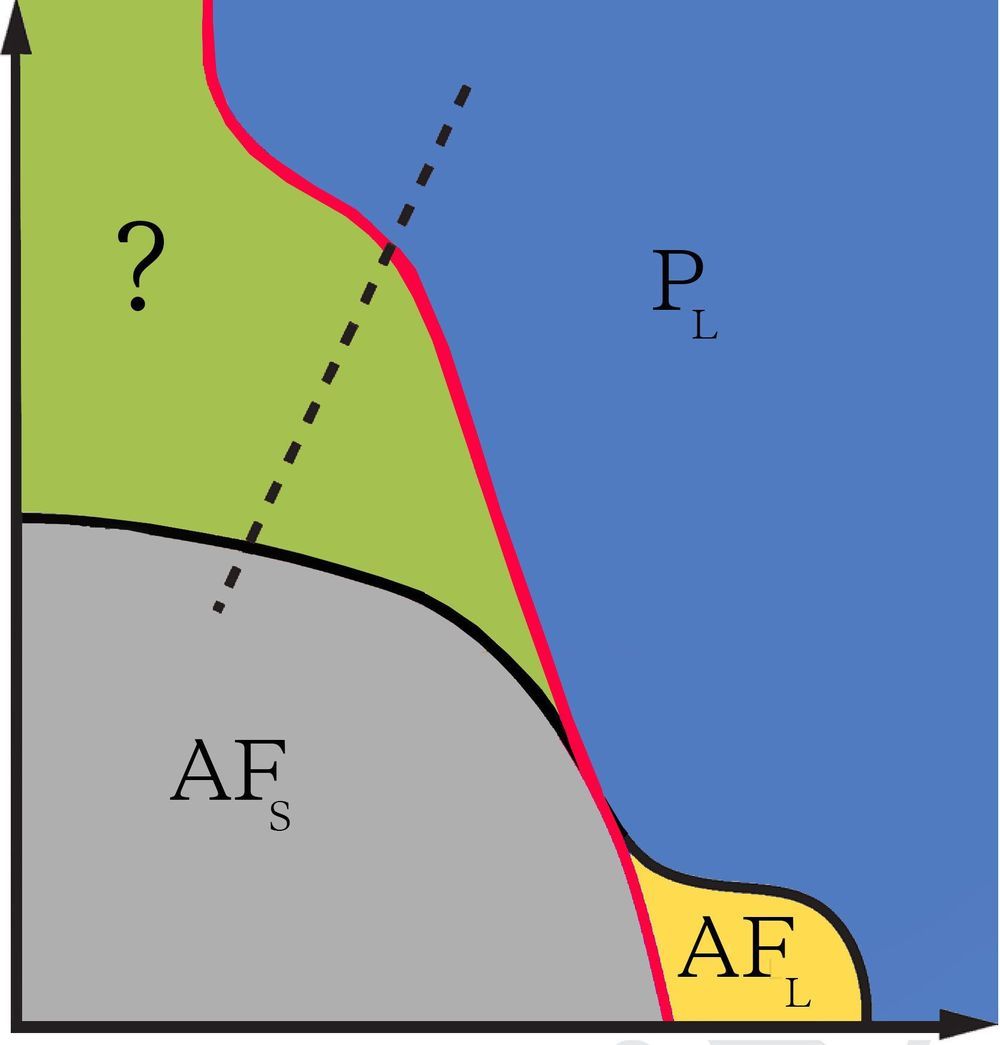
Quantum material goes where none have gone before
Rice University physicist Qimiao Si began mapping quantum criticality more than a decade ago, and he’s finally found a traveler that can traverse the final frontier.
The traveler is an alloy of cerium palladium and aluminum, and its journey is described in a study published online this week in Nature Physics by Si, a theoretical physicist and director of the Rice Center for Quantum Materials (RCQM), and colleagues in China, Germany and Japan.
Si’s map is a graph called a phase diagram, a tool that condensed-matter physicists often use to interpret what happens when a material changes phase, as when a solid block of ice melts into liquid water.